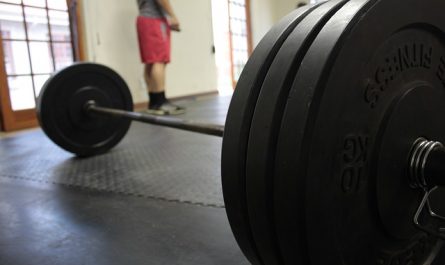If you’re like most people you’re looking to get the most out of a workout that you possibly can. However exercising to build endurance requires a different approach than exercising to lose weight. To get the most out of your workout you need to know what your Anaerobic Threshold or AT is.
Your AT rate is an individual number that varies from person to person, and can even change as your body becomes stronger over time. To better understand AT we need to take a look at your heart rate. Your heart is expressed in beats per minute, the maximum rate at which your heart can safely operate is known as your Maximum Heart Rate or MHR and is an average value taken over a few minutes. Originally your AT number was believed to be between 80 to 90 percent of your MHR. However since you were taking a percentage of an average the value was often inaccurate, and a more precise measurement was needed.
Professional athletes who need to know their AT undergo a series of tests. They ride a stationary bike or run on a treadmill. A mask was placed over their mouth to measure oxygen and carbon dioxide at different levels of exertion. The results are processed using computer programs and yield very precise results. These tests are costly and time consuming and not necessary for most people.

A less sophisticated method that is reasonably accurate is the talk test. You will need to take your pulse or use a digital pulse meter or watch. When you are jogging or using a stationary bike and you can talk normally without speaking in short burst you are in your aerobic metabolic zone. As you increase the intensity and you still talk but not as easily this is the lower edge of your AT zone, make a note of your heart rate. Pick up the pace again as your breathing becomes more rapid and talking becomes more difficult and you start to speak in short bursts this is the upper range of your AT. For best results perform this test a few times on different days and average the results.
Once you know your AT range here are tips to help you get the most out of your exercise routine. Exercising below your AT range will burn some fat, and will help you improve things like blood pressure, cholesterol and blood sugar levels. Exercising in your AT zone will give you the maximum fat burning benefit. You will use the most calories if you can spend most of the time that you exercise in this range. Exercising above your AT zone will boost your strength and endurance. The amount of fat you will be burning will be lower than if you were exercising at a lower AT level. People who exercise vigorously and have minimal fat loss are exercising above their AT level.
Once you know what your AT level is getting the most out of your workout is easy. You monitor your heart rate and adjust your intensity to raise or lower your heart rate keeping you in your desired range. People who exercise regularly should check their AT level every 6 to 9 months and make adjustments as needed.





